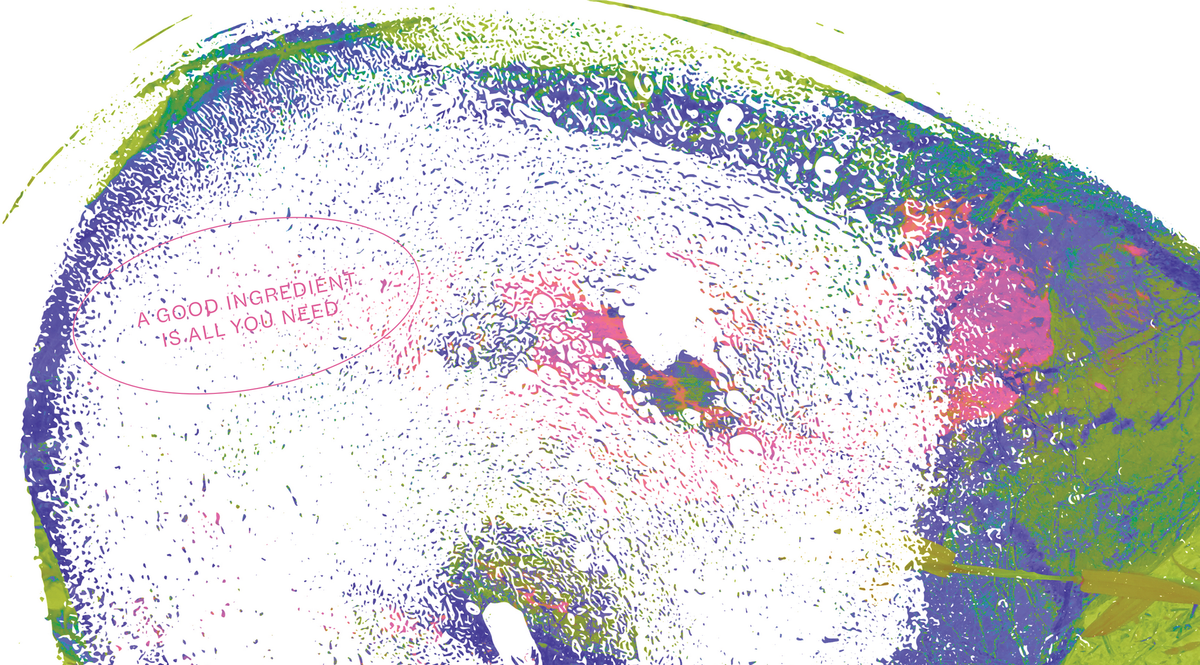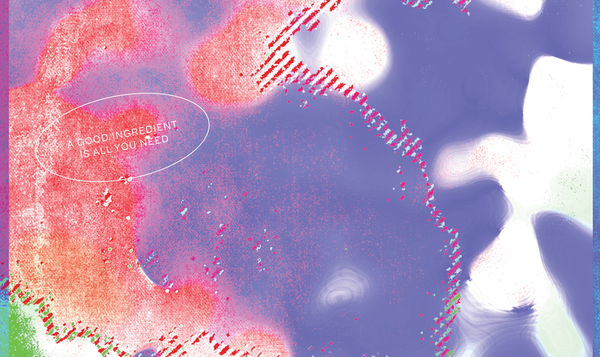August 2024 Subscription - On dry mills and thinking in generations

If you go looking for information related to the producing side of coffee, usually you'll be met with all sorts of language about the farms themselves - The scents of jasmine fireworks as you pass through a farm in full flower; The grounding wet earth smell reaching out to greet the cloud bursting into a rain so dramatic, it feels like you're about to go for a swim, ready or not; The pink bourbon packed with clusters of cherry, branches curved like ribbons, the trees placed in undulating rows - Almost like the mountainside is a set of bleachers, the headliner: the iconic view. Yes it's easy to talk about farms, and easy to talk about fermentation, but we never talk about the critical teamwork between that and the roasting. The 'concert tech' of the coffeeverse. So let's talk about the dry mill.
The last time I was in a position to request special milling instructions to a dry mill in Colombia (this one was in central Huila), I was met with a sort of wishy washy answer of, well yeah we could do some extra screening and a second pass in the colour sorter, but you'd have to pay something like 30% more. I was prepared to do just that, but there was an apprehensiveness, for a few good reasons. Mainly it was that there's a persistent time crunch in dry mill operations, a quota of lots per day to process, each taking a certain amount of time in the parchment dust filled warehouse. These places are loud. They get hot and dusty. There's considerable care and attention in calibrating the colour sorters, the density tables and keeping the lines clean and free of cross contamination between lots. Only so many hours in a day. Only so much capacity with the milling equipment and folks on hand to operate it. An honest mistake can mean a lot getting mixed up with another one - So focus is crucial, even though it's so loud and dusty. So what do you do if you want coffee that's even more sorted? Have skin in the game and also become a 'concert tech' when a coffee goes 'on tour' (to our roastery).
The quality potential of a given coffee can be improved to a certain point at each stage of its production. It starts with the soil and the myriade choices with what to grow. The quality labyrinth continues with choices in when to pick and how to process. It continues with how the coffee is dried and how long it rests to equalize the moisture before it heads to the aformentioned dry mill to remove the parchment layer and screen for size and density. If you want a smaller lot cared for well, choosing a dry mill that specializes in prepping smaller lots for export is ideal. The right 'concert tech' with the right expertise. After all of that meticulous work, if you want things to be even better, you've got to take on some of the responsibility as a roaster - It's only fair!
Tuning up and turning out
In our corner of coffee, folks (as in, you!) expect a certain standard and we don't want to falter on that (we're home coffee nerds just like you, after all) so after buying coffees that Nate and I think you should know about, working with a dry mill, exporter and importer who are on the same page as us, and bringing them to the roastery, our part of the show starts.
In our quest to make damn sure we're all having as good of a time as possible, we invested in an optical colour sorter when we moved to a different facility a couple years ago. At the time we were one of, I think, three Canadian roasters to invest in this side of things, anticipating that this amount of having skin in the game would eventually become standard (and it's starting to be the case for the more quality focussed roasters around the world). We've been incredibly thankful for the last couple years with this extra set of eyes helping us out. There are simply things (like quakers: the anemic, nutrient deficient seeds that aren't visible in their un-roasted form) that can't be spotted and sorted out at the dry mill stage. This step can only be done by a roaster and/or a keen eye in the kitchen at home.
Coffee is one of the larger group projects around - spanning many seasons, lifeforms, and landmasses.
'Tuning' a given coffee post roast means we end up sorting 3-5% of a roast. What's sorted out is coffee that we feel needs to be curated out of the mix because we want to do our part of this group project that spans many seasons, lifeforms and landmasses. Who knows, maybe we could do a trick or treat baggie of what we sort out to let you be the judge at halloween or something :) Tasting the sorted and the unsorted coffee side by side is our confirmation that our investment in post roast sorting makes a massive difference, and makes the results of the work from the producers we buy from sparkle. This step by no means guarantees perfection (coffee is agriculture, we aren't looking for perfect). But it means better. Just a little more in focus. A little more in tune.
This, and obviously the roasting itself, is our instrument in this multifaceted coffee making 'concert'.
Thinking across generations
In a previous zine, we highlighted Dan Saladino's book Eating to Extinction: The World's Rarest Foods and Why We Need to Save Them (I promise, the book reads less 'bummer' and far more precious and celebratory, if you haven't read it, I definitely recommend). In it, Dan touches on the idea of thinking longterm in a huge way with stonefruit orchards and perry making (pear cider), a food vocation that, by necessity, spans generations since it takes a family tree (related or otherwise) to make an orchard.
Adjacently, I recently came across a performance art musical piece from Microsoft boot sound guy (and experimental musical prolific), Brian Eno. Longplayer is 24 years into what is intended to be a 1000 year long musical composition that started in 1999, and is still going - None of us will know if it succeeds (we'll all be long gone of course), but that's kind of the point. If you're intrigued, check out https://longplayer.org/ .
Another component of the longplayer artwork is 'The longplayer letters'
https://longplayer.org/letters/
"Since the spring of 2013, Artangel and the Longplayer Trust have been inviting thinkers and writers from a wide variety of disciplines to engage in a chain of written correspondence on the subject of long-term thinking. A 'dialogical relay'."
Eno had designed the digital letter to be a chain, it was a sort of performance art/part public letter with many people involved. It gets pretty heavy (fair warning if you go looking for it!) but the part that caught me was this as Eno opines:
"It's an endemic problem in modern society - we're short sighted, focussed on the next quarter, tomorrow's weather. Olive farmers and cathedral builders thought across generations - planting or building things that wouldn't be enjoyed for the next 10, 20 years, planting oaks that would go on to replace a roof hundreds of years in the future. Humans have seemed to lost the ability to do this."
Depending on your perspective, coffee is something wedged into our 'just in time, here and how' culture. But coffee is, all at once, a fast and an incredibly slow thing.
For producers, it's absolutely thought of in generations.
The first part takes a person (in your box this month it's Mauricio's dad) who cares enough to look at what the soil is doing, what to plant and how to nourish a plant so it produces incredible fruit. Those trees are established and the soil builds over years and decades, with descendants (Mauricio and his siblings) taking over this incredible group gig. The second part is alchemy (processing & drying). The third part is finding someone else who cares equally - This someone is ideally a nerd on the same level (in this case, it's Esnaider: facilitator of the Monkaaba group of producers in San Augustin/ and Brendan of Semilla, a small importer who's deeply invested in the flourishing of this group). The forth part is finding someone who will agree and take this process to its natural conclusion (roasting: that's us, and finding other nerds: that's you).
This Pink Bourbon from Mauricio Montanchez facilitated by Brendan Adams from Semilla Coffee, is based out of Montreal. I've known about Brendan's work in sourcing from before he started his boutique importing company and have a lot of respect for what he's built over the last few years. His heart's in the right spot, sourcing with the intention (and follow through) to be there fiscally for the producers he buys from, acting as a facilitator. I can't emphasize to you enough how special and sadly rare it is to see someone like Brendan working in this way in a world that is increasingly competitive at the expense of stable producer-roaster relationships. It's very cool, folks.
I spoke with Brendan a little bit recently, reflecting on the Guacharos group (Jhoan Vergara, Ildefonso Cordoba et al) and how much acclaim many of their members have received over the years. What's possible for the Monkaaba group? I think there are too many similarities for them not to reach the same heights as the folks in nearby Bruselas where the Guacharos group are based. Hopefully if it works timing wise for everyone, there can be a facilitation of a bit of a meetup between these two groups in the months to come - We'll see!
This last fresh, honeydew melon, refreshing tea-like, Pink Bourbon from Maurucio in San Agustin, as well as a phosphoric, crisp Nyeri delight from the folks at Ndaroini in Central Kenya, round out the last full month of summer before we dive headfirst into Ethiopia arrivals in September. Enjoy both and hope you get out to an outdoor concert, even if it's a show for one on your front porch or stoop with one of these lots, expertly tuned for deliciousness by you of course.
See ya next month!
Laura (& Nate)
Luna is powered by Laura & Nate, two industry nerds from Vancouver, Canada. What you just read comes as a printed colour zine each month, alongside two coffees specifically sourced for subscribers. Join us next time!





